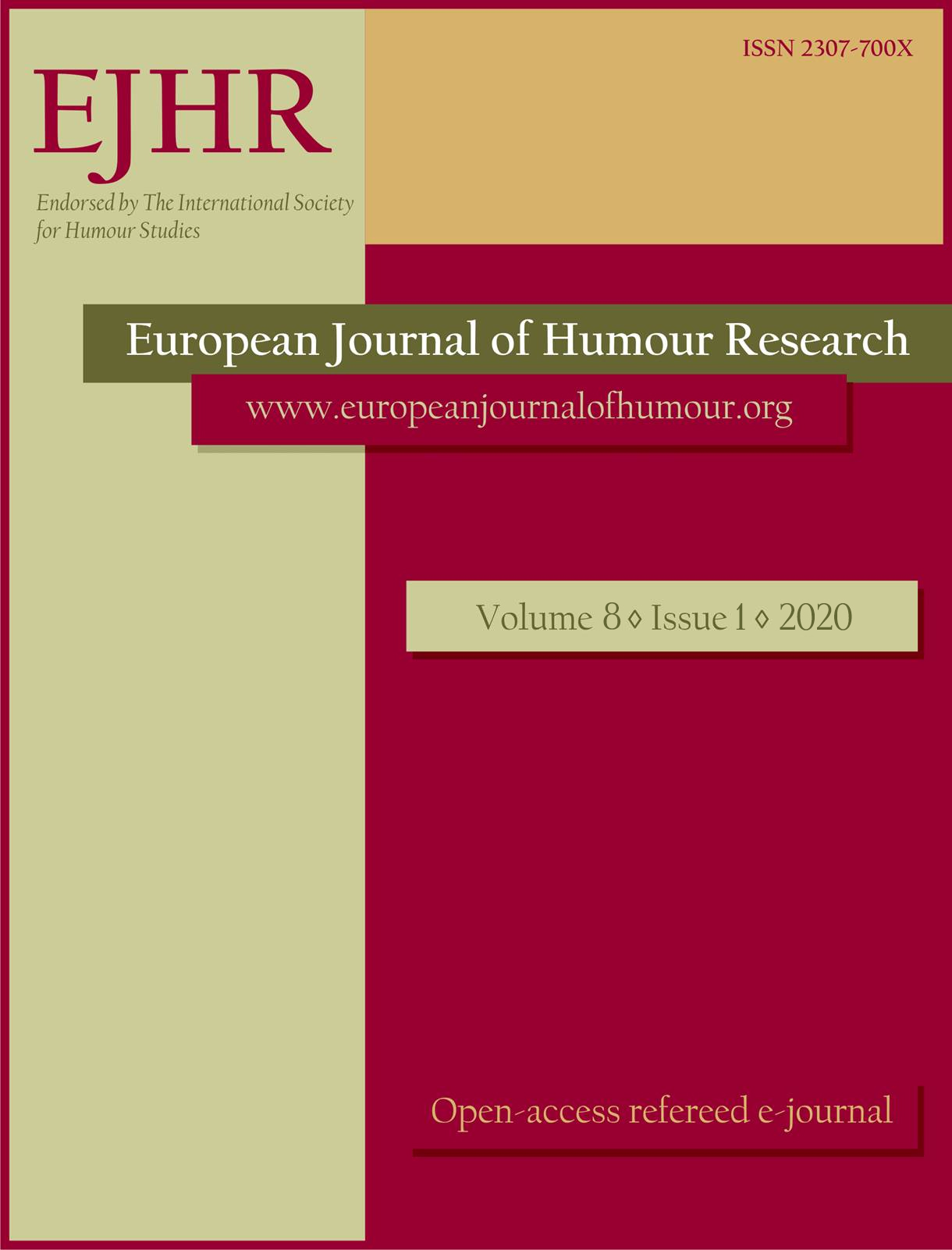Detachment of empathy:
Detachment of empathy:
a common denominator for two theories of humour
Author(s): Ron AharoniSubject(s): Language and Literature Studies, Theoretical Linguistics, Applied Linguistics, Communication studies, Semantics, Pragmatics, Sociolinguistics, Cognitive linguistics, Descriptive linguistics
Published by: Krakowskie Towarzystwo Popularyzowania Wiedzy o Komunikacji Językowej Tertium
Keywords: empathy; meaning of actions; detachment of meaning; superiority; mechanical reaction
Summary/Abstract: This is a sequel to a previous paper (Aharoni 2018), in which I suggested that the game of humour is played not between two meanings of the same carrier, but between meaning and its carrier: the two are detached from each other by some means. In the present paper I want to substantiate this thesis by some evidence, the main one being referred to in the title of the paper. It is that two well-known theories of humour, both presently neglected to a large extent, are based on this mechanism. In both the carrier of meaning is not words, but actions. In fact, one of the main messages of the paper is that often the carrier of meaning in jokes, and in humour in general, are actions. I will try to show that both Bergson’s “automatic behaviour” theory and the superiority (or derision) theory are based on detachment of empathy, namely of identification. Since, as I will try to show, empathy and identification are man’s (and even animals’) main tool in deciphering meanings of actions, this results in detaching actions from their meanings.
Journal: The European Journal of Humour Research
- Issue Year: 8/2020
- Issue No: 1
- Page Range: 55-67
- Page Count: 13
- Language: English

